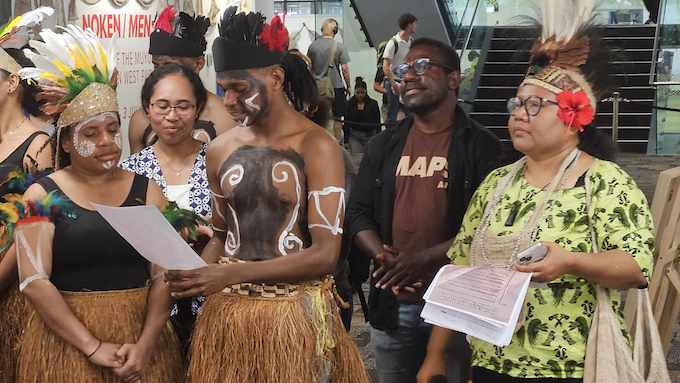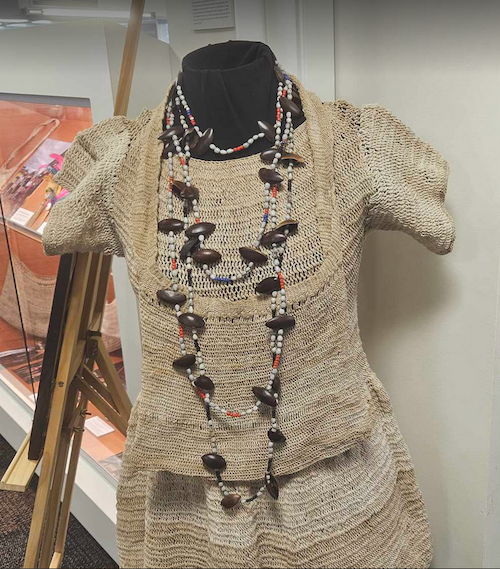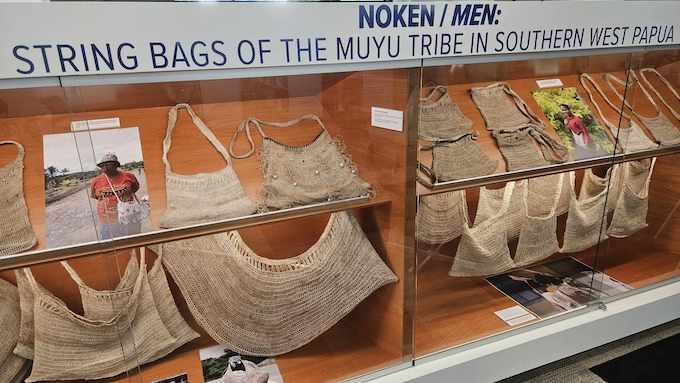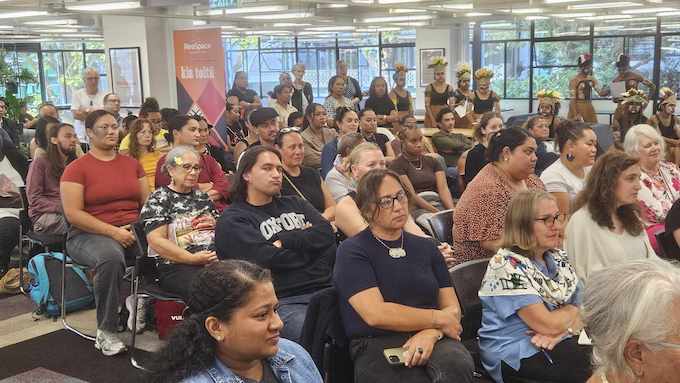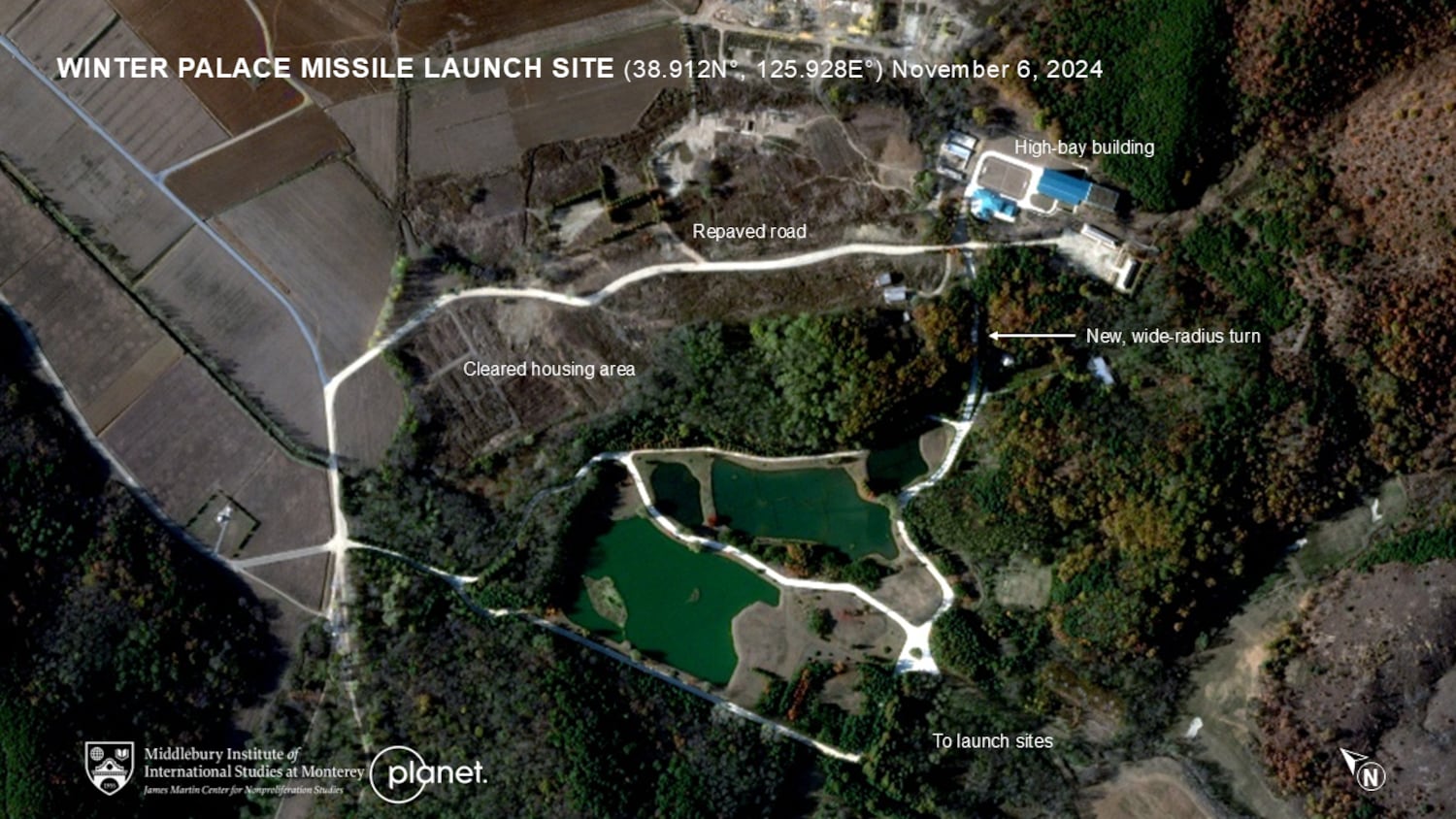I’m really interested in hearing about bioacoustics because I don’t think a lot of people have engaged with that topic. But first things first, I wanted to know what made you focus on the six pillars of rage, imagination, innovation, theory, healing, and care in your new book.
A lot of things that come up in my work are very organic. This might be a consequence of taking this justice-oriented approach to research. Those six pillars emerged through the writing process, I think as a way to organize and actually see patterns in the ideas that I was having and in the case studies that I was engaging with.
When people imagine what environmental action looks like [or] what having a connection to nature looks like, we can do this flattening thing where connection to nature only looks like you go barefoot walking in the forest, and you hug trees, and you’re one with the land in that very obvious way. I feel like that does such a disservice to the movement and also erases much of the history of this movement, which is more dynamic and more abundant. I do love going into the forest a lot, but I also do love to be shaking my ass, and I do love working with technology. We’re not one-dimensional beings. It’s about complicating ideas of what connection to the living world, connection to each other, and connection to environmental action looks like.
How does rage connect those dots?
I think rage has become such a divisive emotion or space to be in when you speak about environmental action. A lot of my analysis of rage as a tool that can be both useful and destructive is looking back at Black feminist writing, and about how rage is used to oppress and persecute people, but also how rage can be a source of enlightenment, a source of community, a source of processing and transformation in the face of systems of oppression.
That chapter and that pillar is really trying to get us to connect to our sense of rage but to see it not as something that looks one way. Rage is not always shouting or chanting or aggressive behavior, but is a welling of emotion. It’s a fire that should fuel our action rather than turning into something toxic that we spout at each other whilst the systems of oppression watch.
I personally think that it is a helpful emotion. But it’s been racialized. That’s why newspapers use it against us… When people channel rage, they think that they’re already the aggressor, whereas it can be a really helpful, motivating, powerful emotion. There’s so much going on, it’s hard not to be angry about it.
It is undeniable that we would feel rage about the things that are happening in this world. It was also a reflection on myself as a Black woman who grew up in a very patriarchal family and who has consistently been in patriarchal spaces being in academia. I became disconnected from my rage as a source of survival in these spaces. Even if you’re not presenting your rage, you are feeling a lot of rage and understanding that it’s actually an opportunity to connect [with] people.
Is there anything that you’ve identified as a key point as to where this disconnection or disillusionment has stemmed from?
Society glorifies heroism and glorifies saviorism, makes us think that if we are not doing the biggest thing [on the] biggest scale or [having] the most global impact, it’s not worth it. We have become so disconnected from ourselves and our communities that we don’t see the work that we do on a smaller scale as valuable. The reason we’ve become so disconnected is because our systems are focused on scale [and] individualism. Like, “If I’m not the one person that stands up and solves this issue, then it’s not worth doing.” People don’t even know their neighbors. How is it that you expect to start making change on a grander scale if you aren’t committed to, or interested in, connecting with the people and the land around you? Everyone wants to get straight into being a hero or…
Being a celebrity.
Rather than going deep.
We’re obsessed with celebrity, even in well-meaning sectors like climate activism or feminism. People feel like they have to be at the highest peak… I’m sure the person at that level you want to get to is having similar worries of, “How do I keep this momentum?” And the person that hasn’t gotten there is like, “What do I do to jump ahead?” rather than working communally.
I think people often want to be able to make visible their impact, to be able to present and to evidence the things that they’ve done. And actually, the most impactful work that I do, nobody knows about. Like, my research community I work with for my PhD—I’ve been doing it for the last four years and very little of that work is public. One, for respect; two, to protect the relationships that I have with people; and three, because it just cannot necessarily be translated. Not everything is meant to be translated. These kinds of rich relationships are not necessarily meant to be translated, but that doesn’t remove the fact that the impact is happening, that the connections are being made, that the work is being done.
To be personable on an individual level, on a community level—to [connect to] a place, to ecosystems—is what [should] fuel you. At least that’s what fuels me. If we start doing much more of that, we start feeling a lot more empowered. Change is complicated on a small level, not just on a big level. So it’s important that the local is where we actually understand what the dynamics of policy change, of decision-making, of impact, of organizing looks like.
Absolutely. The localization of things is where you can get to the heart of an issue—when you become friends with people and real friends, not industry friends. Let’s get into bioacoustics!
So my PhD research is focused on an emerging field called Conservation Data Justice, which looks at the ways in which conservation technologies create opportunities to conserve ecosystems better but also present harms for the communities that live closest to or within those ecosystems. Because of advances in AI, machine learning and conservation technologies are proliferating around the world. You’ve got satellites measuring forests from above. We have drones, camera traps, acoustic recorders—and all of these technologies are collecting data about ecosystems all around the world. We know about ecosystems that are threatened, how restoration is working, how species populations are changing, [so because of this] we can actually implement actions to protect these ecosystems.
Bioacoustics [is about] how you monitor the biodiversity of sound. I focus on tropical forests and birds. The easy way that I can get people to understand is that it is basically Shazam for nature. You train machine-learning algorithms to learn the different core species, and then you use sensors that can be deployed in forests for weeks or months at a time, and you use the algorithms to analyze this data. You can ask many different ecological questions. You can focus on trying to find rare species. You can focus on mapping all the species in the forest… There are many ecological questions you can ask, but at its core, it’s trying to use the sound of species and the soundscape of forests to better understand biodiversity and to better support conservation measures for protecting biodiversity or wildlife.
I think sound is something that we all have this heart connection to. As soon as I hear birdsong in the morning, I’m like, “Okay, it’s 5:00 AM now.” Then I go back to sleep. [*laughs*]
[*laughs*] We’re intimately connected with it, but it’s also relegated in our mind. It’s something that’s constantly happening in the background. The community that I work with lives on the fringes of a beautiful forest reserve [in Ghana]. They have huge amounts of knowledge about the species in the forest, but at first they were like, “They’re just in the background.” It’s like, “No, you have insane knowledge about these species. It’s just tacit knowledge.” It’s not learned in the academic way. It’s knowing the world. I do write about this in the book, where we have these ideas that in order to be someone who’s connected to nature, you have to know all the names of plants, all the names of the birds. From an ecological perspective, I understand that part of our disconnection is not being able to know and name the world around us. But actually working with community members, I feel like it’s quite a Western idea that we have to be able to categorize and name things in order to know them.
It’s the colonial practice of Latin naming. It doesn’t correlate with embedded bodily and ancestral reading and knowing of nature that most of the world feels intimately.
But that doesn’t minimize them knowing, right? Community members know in many different ways. It’s markings, or [knowing] this particular bird tells you to go home from the farm, or [knowing] this particular bird is going to tell you that it’s going to rain soon. There are other ways of knowing beyond just naming.
That’s so beautiful. It’s overturning anthropological practices. What kind of sensors do you use in your field work and where have community members said that they’re comfortable with putting them?
I work with ones called AudioMoths just because they’re the cheapest. I knew I was leaving the sensors there, so I needed to choose the ones that were the cheapest, that only need batteries and an SD card and you are ready to go. And the cases for them, we made out of lunch boxes. [*laughs*] Everything is out of lunch boxes and sponges. At the beginning of the research, people were obviously and understandably very worried. What is this thing? Is it taking pictures? Is it alerting enforcement? Is it going to infringe on the way that we can engage the forest? Because you have to add the context. Forest reserves are already quite militaristically managed… The 1920s is when all of these reserves were created. So that’s the context as to why they were so concerned about the technology. My first field season was 12 weeks. I spent eight of those weeks not collecting a single ounce of data, which is [against] what they tell you to do in university: collect as much data as you can, as quickly as you can.
For people who want to become researchers, what ideas should they upend about the ways that we’re taught to research? What is really important to engage with when you are working with communities? What character-building should you do prior to starting something like that?
Actually, I have a published paper on this, called “Justice-oriented Design Listening.” It’s about what you just asked, but specific to design. Being the researcher or the designer, [you are] a listener first and foremost. You are not there to contribute, really. Most of the productive, interesting, and enjoyable moments of the research have come from oral storytelling. It is the core of how we are creative, is the core of how we design, of how we connect with each other.
How can we connect and move away from the binary of the activist and the observer?
One of the main messages in the book is that you don’t need to become somebody else to be an environmentalist. We all need to use the skills that we have been born with and the talents that we have been born with. Also for joy. If you’re a creative director, you might not find the most joy in trying to sort out the diplomatic issues of mining in another country. You don’t need to do that. You [need to think about your] influence. What are the things that you can see around you? It’s first becoming attuned to that. Are you even aware of the environment?
We’re not the first generation. Our ancestors went through a lot over a long, long time. If our ancestors after 50 years said, “Oh, do you know what? This isn’t worth it,” we would not be here. We would not be having this call on this phone. We need to get comfortable with the fruits of our labor coming when we’re not alive because that’s what our ancestors did for us. I think it’s also mimicking the natural world. Some things happen immediately, but some things happen over generations, and that is a wealth that we can also pass on to future generations.
This post was originally published on The Creative Independent.
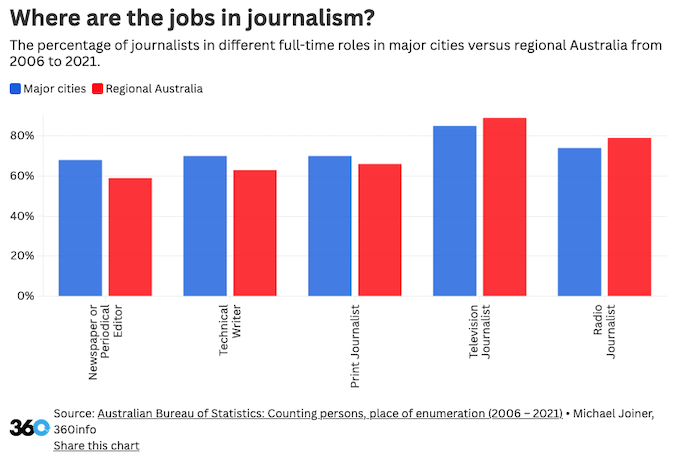
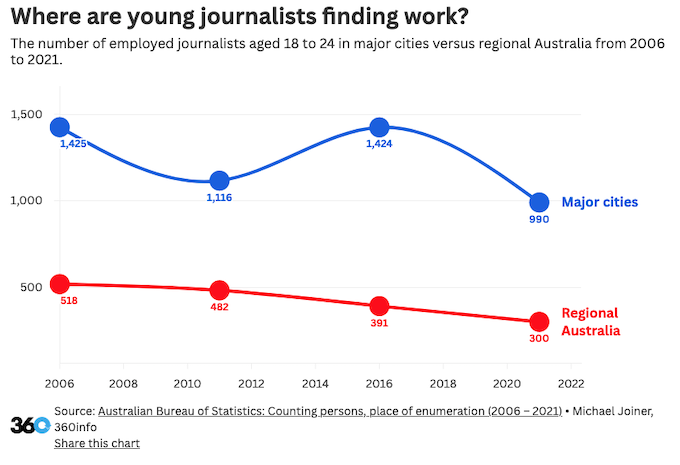
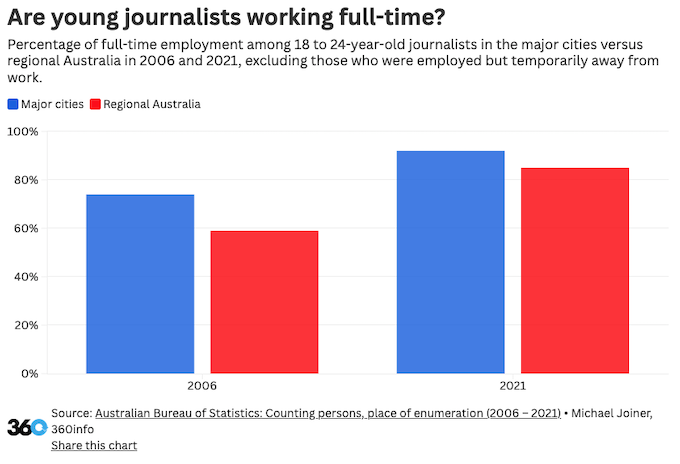
 .
.
